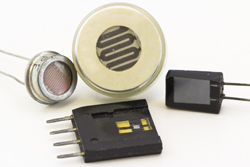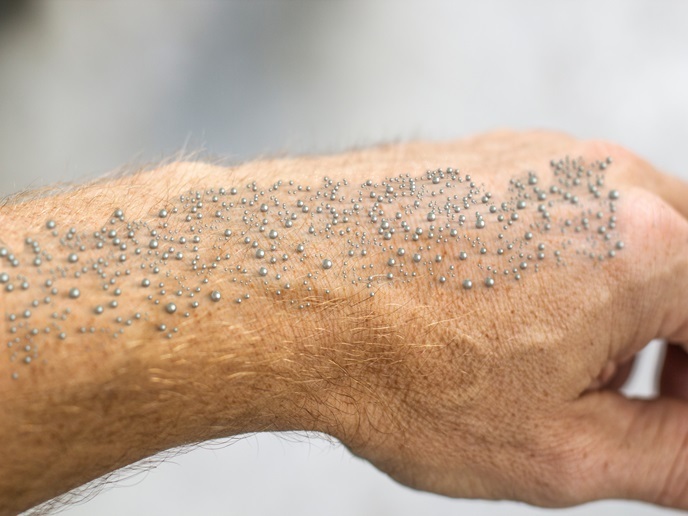Synchronising electrons for sensors
Surface plasmon resonance (SPR) is a relatively new biosensing tool that enables the measurement of biomolecular interactions in real-time without the use of labels or dyes. Resonance refers to the synchronised oscillations of free electrons (surface plasmons) at their natural frequency of oscillation when stimulated by light at that same resonant (natural) frequency. This resonance results in absorption of light. By altering the angle of incidence and other parameters, important information can be obtained about molecular changes such as those that occur when one molecule binds another. Manipulating atoms and molecules enables control of the nanostructure (very, very small-scale structure) of materials. Scientists are building on the concept of SPR, an optical phenomenon, by combining magneto-optical (MO) and plasmonics elements. The novel materials with functionality tailored at the nano scale will enable active tuning of the optical response with an applied magnetic field, something not possible with conventional materials. EU funding of the 'Nanostructured active magneto-plasmonic materials' (Nanomagma) project has provided scientists the opportunity to study coupling of magnetic properties with plasmonics and optical ones. To further their research objectives, the consortium has developed theoretical tools for magneto-plasmonic (MP) modelling and an optical microscope capable of operating in magnetic fields. They fabricated novel MP structures with significantly improved MO activity when combined with induced SPR. With better understanding of coupling, investigators designed and developed two new SPR biosensors with MO elements. The surface magneto-plasmon resonance (SMPR) biosensor prototypes demonstrated improved gas sensing and biosensing activity. Scientists also identified applications at telecommunications wavelengths for integrated photonic circuits. The sensors are expected to have important impact on food safety and health. The portable units enable cost-effective and rapid in-field assessment of food quality prior to cooking, for example in schools and hospitals. The photonics applications should prove particularly relevant in compact integrated electronics given that photonics are expected to merge with conventional complementary metal-oxide-semiconductor (CMOS) microelectronics in the coming years. The final project phase will be dedicated to dissemination activities.







